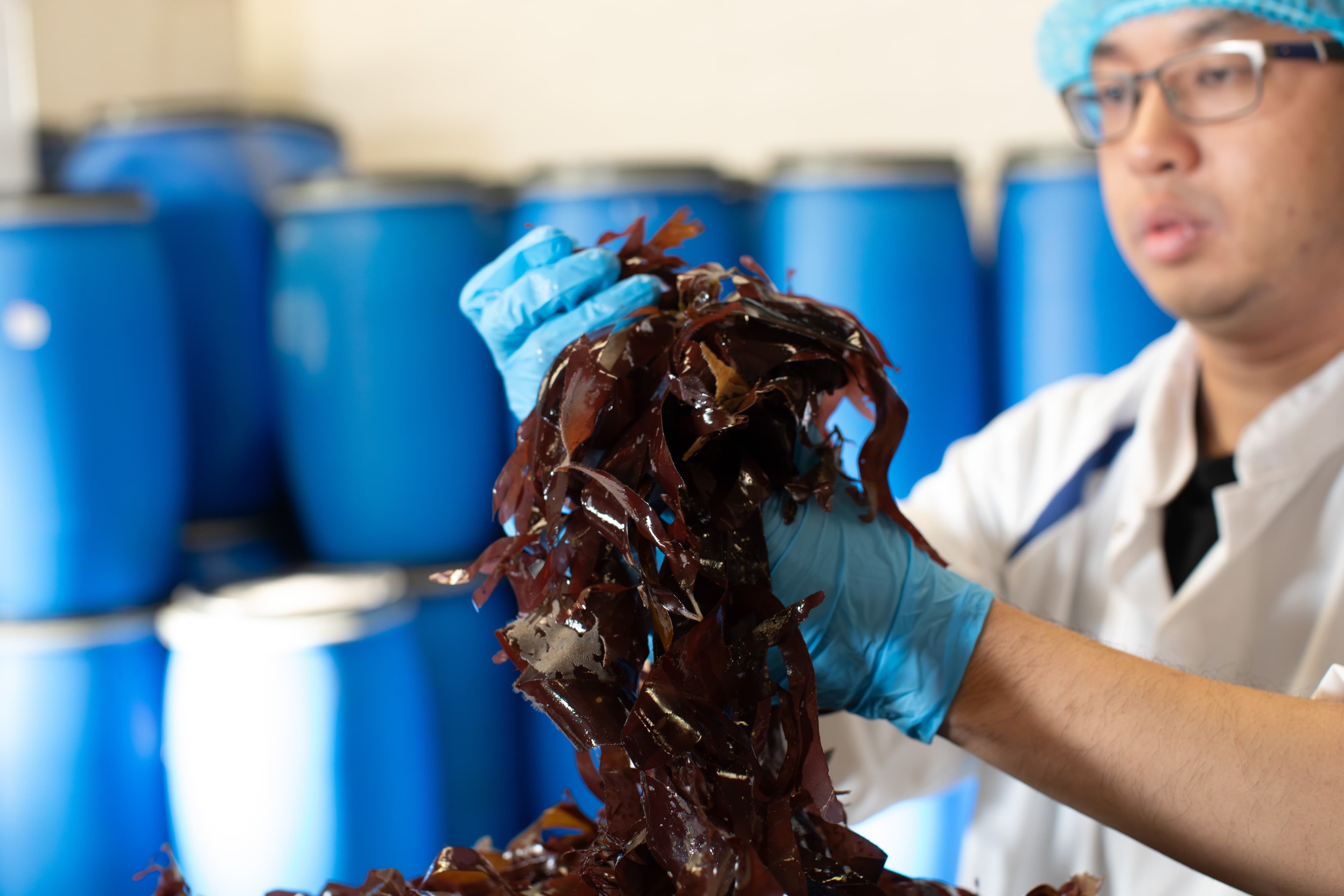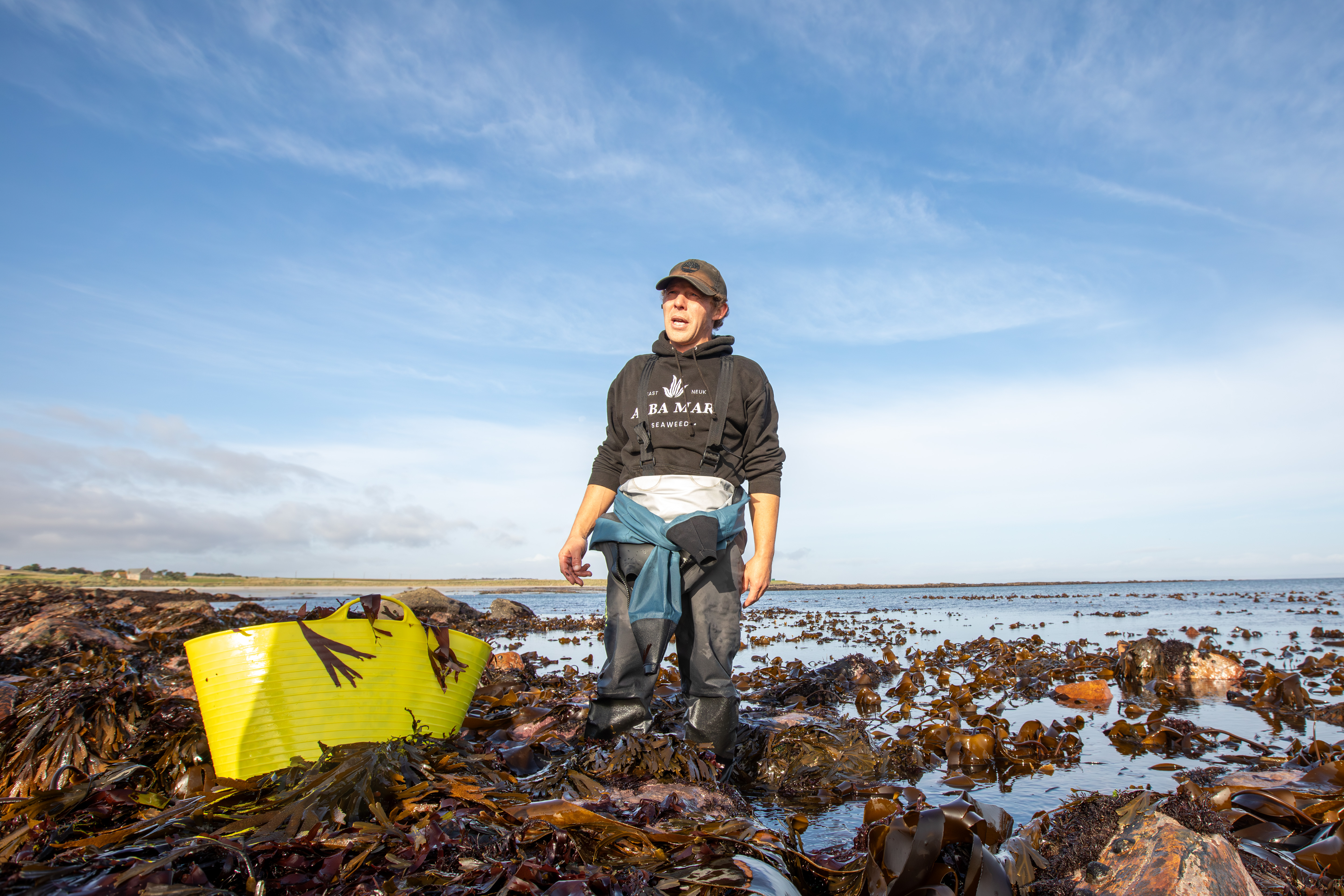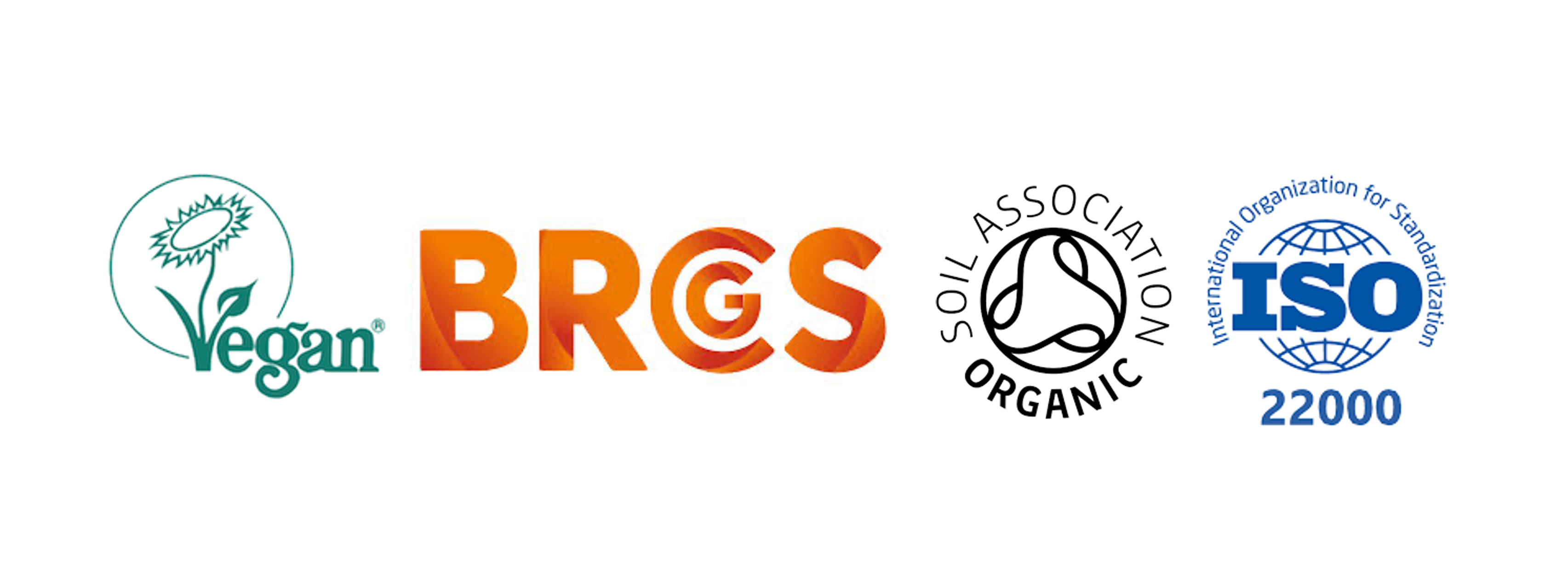1. Partner with a trusted knowledgeable supplier
If buying seaweed is new to your purchasing team, having an expert supplier will pay dividends in supporting your needs. Chain of custody of credentials and traceability of raw material should be an easy ask. Ask for spec sheets, accreditations, and seek out knowledge. A team that comes back with information quickly and confidently is an immediate indicator of comfort. If you sense any doubt, follow your gut and walk away. Like all materials used in valuable supply chain decisions you should have complete trust in who you purchase from.
2. Ensure quality matches or exceeds your expectations
Your supplier should guarantee your seaweed is free from contaminants and sourced from clean, unpolluted waters. And be able to back that up. High-quality seaweed should retain its nutritional benefits and have a pleasant, natural taste. Sampling before purchase is a norm in our industry, so do ask.
3. Be aware of natural product variations
Just as no two carrots look the same, seaweed as a natural resource will vary in size, colour and possibly taste depending on their origins or impacts of weather, for example during growing seasons. Are these aspects important to you? If so, be aware of the balance of local sourcing versus natural variances in products, from growing region to subtle changes in annual crop features.





